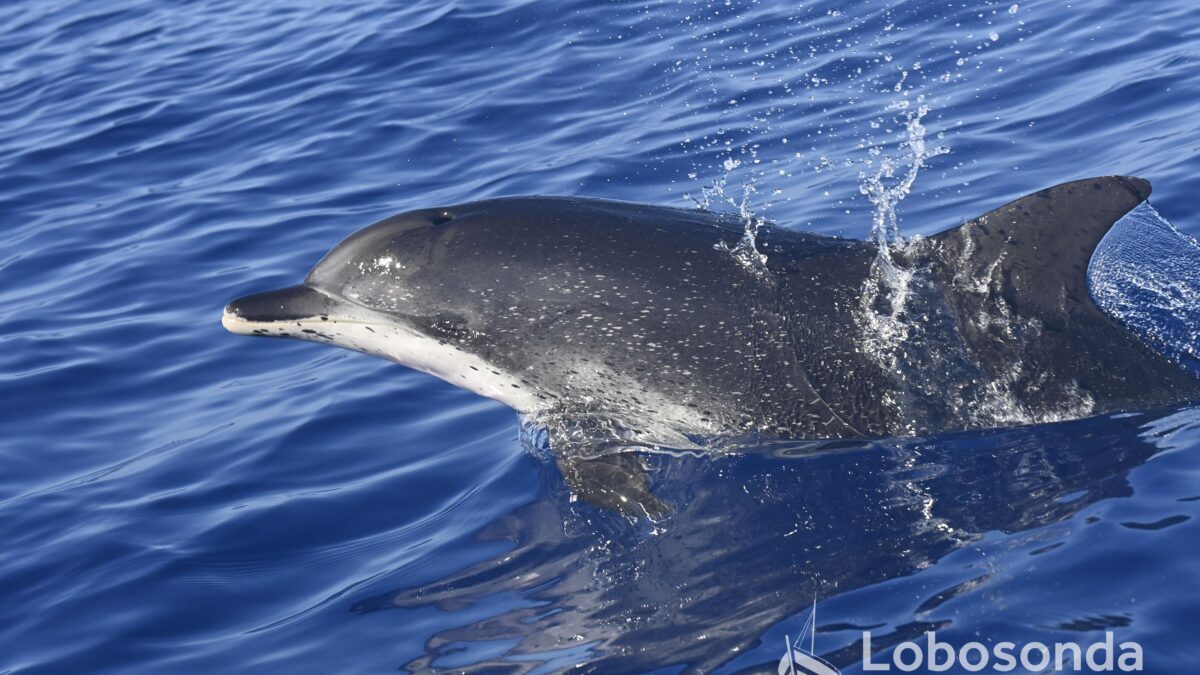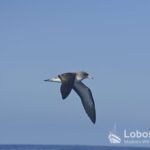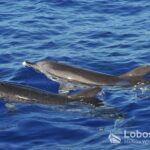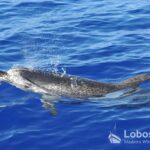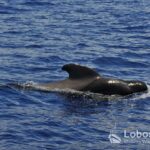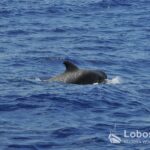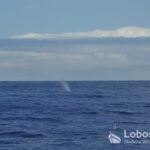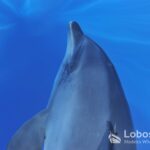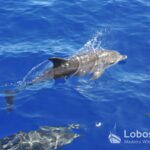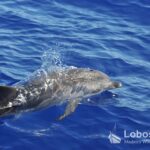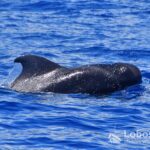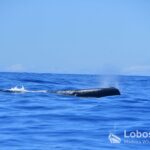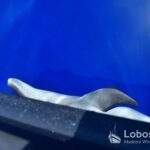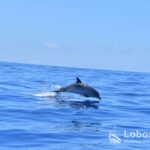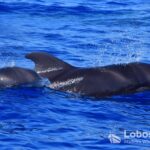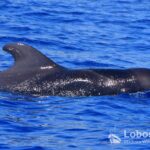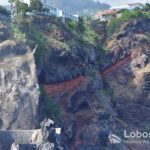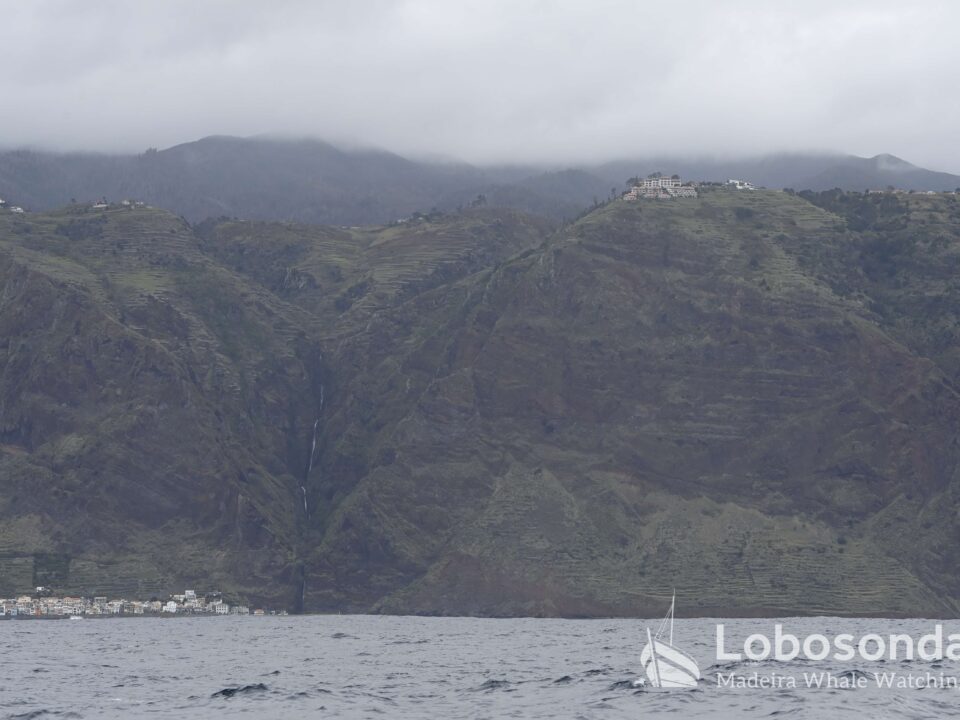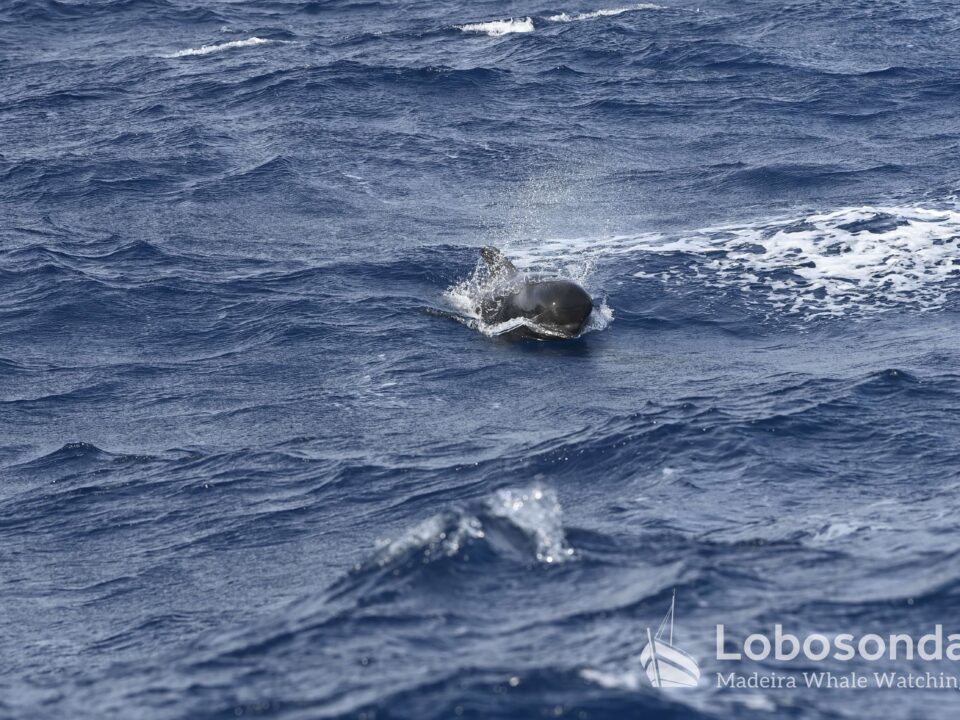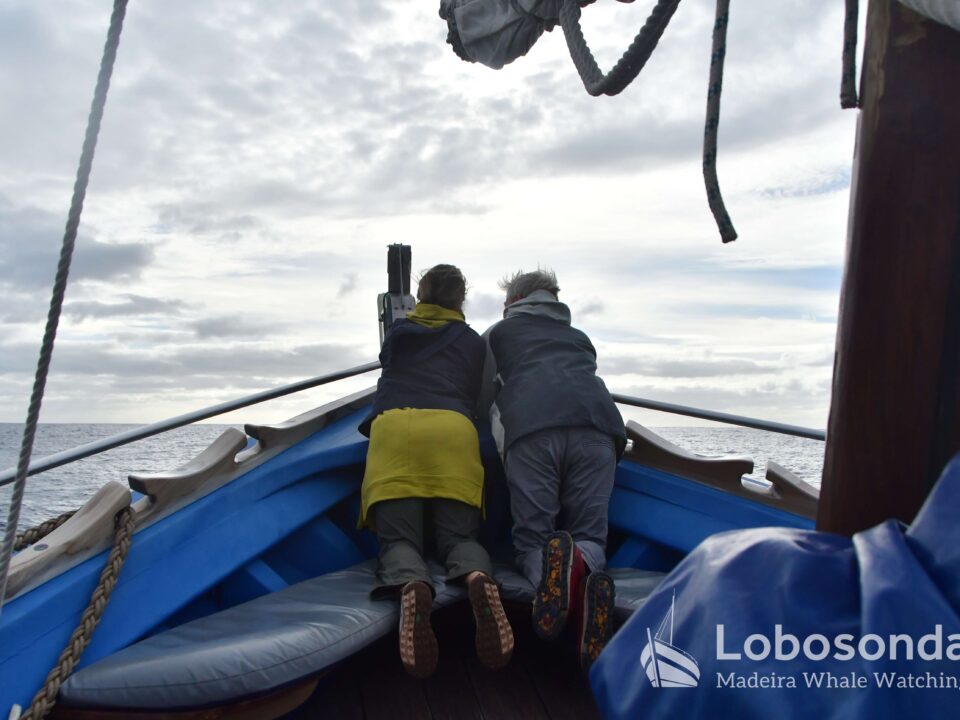
21.07.2025 – Resting times
July 28, 2025
23.07.2025 – Remoras
July 30, 2025We are not entirely aware of it but human beings are a little stuck in our own little sensory bubble, particularly in environments that are not our natural habitat such as the ocean. Unless an animal breaks the surface, the ocean seems like a featureless expanse of water. The reality is of course quite the opposite we are simply not equipped with the sensory hardware possessed by seabirds, cetaceans and other marine dwellers.
Toothed whales (Odontoceti) for instance use their acoustics to navigate, communicate and hunt, a huge advantage in the ocean where vision is impaired and sound waves travel significantly faster than in air. Their bio sonar is so acute that it even allows them to assess the emotional state of other beings in the water including their fellow pod members and even their prey, making them impeccable hunters and fantastic socialites. The organ producing the sonar is a fatty organ and known as the spermaceti in Sperm whales (Physeter macrocephalus) and as the melon in Atlantic spotted dolphins (Stenella frontalis), Bottlenose dolphins (Tursiops truncatus), Short-finned pilot whales (Globicephala macrorhynchus) and other dolphins.
While their acoustics were enhanced to suit life in the ocean, whales all lost their sense of smell during evolution. Birds, on the other hand, rely on their sense of smell to track feeding situations as well as navigate across the ocean. Here, members of the Tubenose family (Procellariformes) like the Cory’s shearwater (Calonectris borealis) are especially talented! They use their nose to track down DMS (dimethylsulfide) plumes, a chemical bond released by plankton when they begin to feed. These insoluble plumes are more than just an olfactory dinner bell, they act as landmarks for travelling tubenoses.
So there is so much more out there than we think, the world is immense beyond our sensory equipment and this is simply fantastic!
By Paula Thake
Sightings of the day
Ribeira Brava
09:00 Atlantic spotted dolphins
13:00 Bottlenose dolphins, Short-finned pilot whales, Sperm whales
16:30 Atlantic spotted dolphins
Stenella
09:30 Atlantic spotted dolphins, Bottlenose dolphins
13:30 Atlantic spotted dolphins, Bottlenose dolphins, Short-finned pilot whales, Sperm whales
16:30 Atlantic spotted dolphins, Bottlenose dolphins, Short-finned pilot whales

